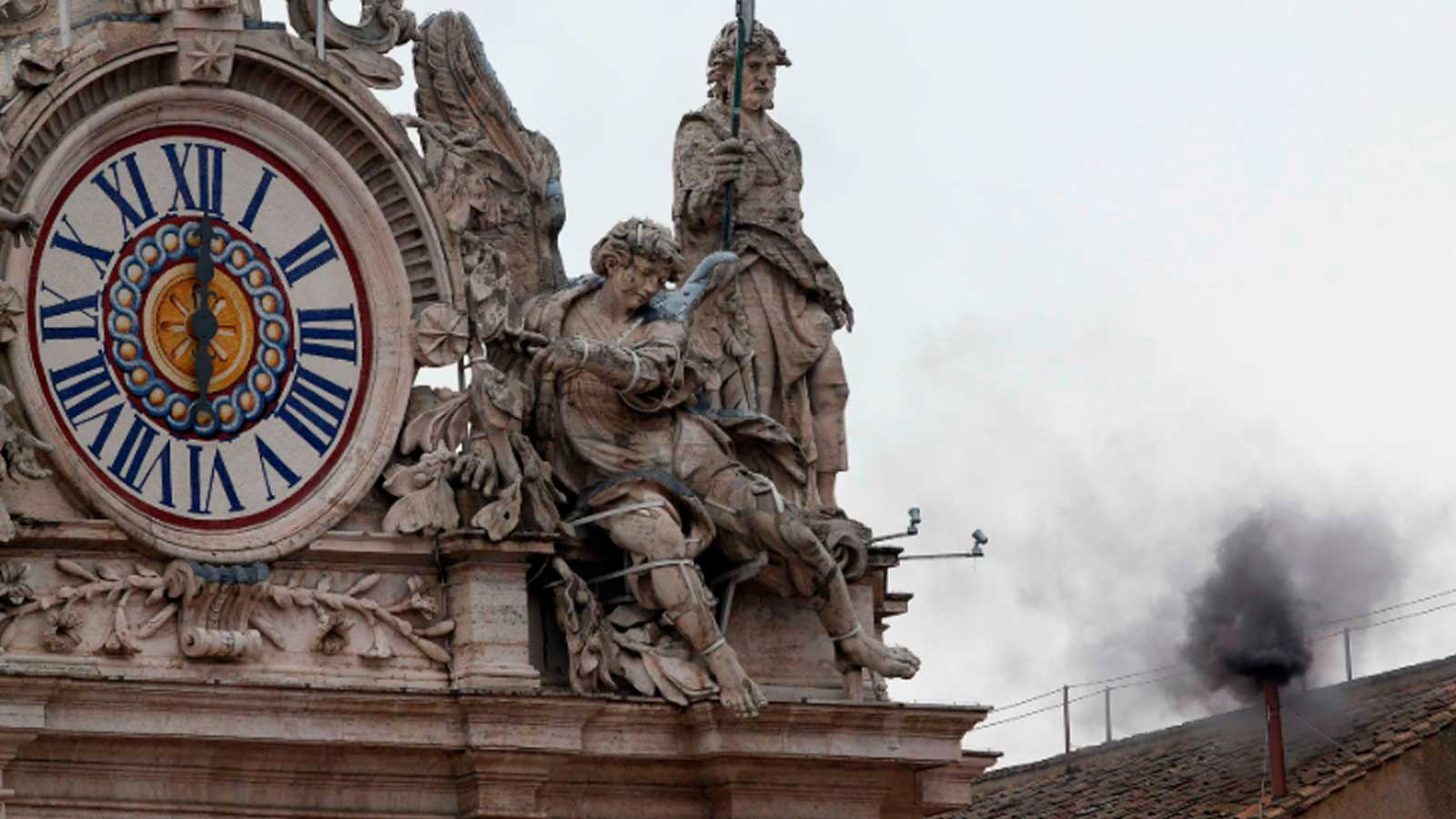Election of a New Pope
When a pope dies or resigns, the world turns its eyes to the Vatican. But how is a new pope elected? The process is steeped in tradition, mystery, and ceremony. From the famous conclave to the symbolic smoke that announces the outcome, everything carries deep meaning. In this article, you’ll learn every detail of this centuries‑old procedure that shapes the course of the Catholic Church.
What Is the Conclave?
The word conclave comes from the Latin cum clave, meaning “with a key.” That’s because the cardinal electors are literally locked inside the Sistine Chapel, cut off from the outside world, until they choose a new pontiff.
- Only cardinals under 80 years old may vote.
- About 120 cardinals take part.
- The isolation ensures the decision is free from external influence.
- During the conclave, mobile phones and the internet are forbidden.
How Does the Election of the Pope Work?
The election begins with a solemn Mass, followed by a ceremony in which the cardinals take an oath of secrecy. They then proceed to the Sistine Chapel, where each receives a ballot and writes the name of the chosen cardinal.
- To be elected, a candidate must receive two‑thirds of the valid votes.
- Up to four ballots are held each day: two in the morning and two in the afternoon.
- If no result is reached, additional rounds follow on subsequent days.

The Smoke: White or Black?
One of the most eagerly awaited moments for the faithful and onlookers is the smoke that rises from the chimney of the Sistine Chapel. It signals the progress of the voting:
- Black smoke: no pope has been elected.
- White smoke: a new pope has been chosen!
The smoke is produced by burning the ballots. Chemicals are added to ensure the correct colour:
- Black smoke: charcoal, oil, and other compounds.
- White smoke: potassium chloride and sugar are added.
When the New Pope Is Elected
As soon as the white smoke appears, the bells of St. Peter’s Basilica ring and the whole world waits in anticipation. Inside the Sistine Chapel, the new pope is asked to accept the office.
- He chooses a new papal name.
- He dresses in the white papal garments.
- Then he is led to the basilica balcony.
That’s when we hear the famous words:
“Habemus Papam” – We Have a Pope!
Historical Conclave Curiosities
The papal election has sometimes taken much longer in the past. Here are a few curiosities:
- The longest conclave lasted three years (1268–1271).
- The quickest took only a few hours.
- In 1378, turmoil was so great that the conclave was held in haste.
- John Paul II was the first non‑Italian pope in more than 450 years.

What Happens After the Election?
Once the new pope is chosen, preparations begin for the inauguration of the pontificate, usually held a few days later.
- He is enthroned but no longer crowned (the papal tiara is no longer used).
- He starts to lead the worldwide Catholic Church.
- He takes up residence in the Vatican as Head of State.
The Role of the Sistine Chapel in the Election
More than a sacred place, the Sistine Chapel is a symbol of continuity and tradition. It is here that the Church’s most important decisions are made under the watchful gaze of Michelangelo’s frescoes.
- The ceiling depicts scenes from Creation.
- The Last Judgment on the altar underscores the solemnity of the moment.
- Photography and filming inside are forbidden during the conclave.
Frequently Asked Questions
Who can be elected pope?
Any baptized male Catholic can be elected. In practice, all modern popes have been cardinals.
Why are the cardinals locked in?
The aim is to preserve the secrecy and independence of the decision, shielding it from political or media pressure.
Can the pope refuse?
Yes. He is asked whether he accepts. If he says no, the voting continues. If he accepts, he becomes pope immediately.
Final Considerations
Now that you know how a new pope is elected, you can appreciate the symbolic and spiritual depth of the process. The smoke, the conclave, the Sistine Chapel—all contribute to a historic moment that shapes the Catholic Church and impacts millions of faithful worldwide.
READ ALSO:
- Pope Francis: Funeral Confirmed – What Happens Now?
- Psalm 30: A Song of Praise for Transformation
- Good Friday: Why Don’t We Eat Meat?
FOLLOW US ON FACEBOOK